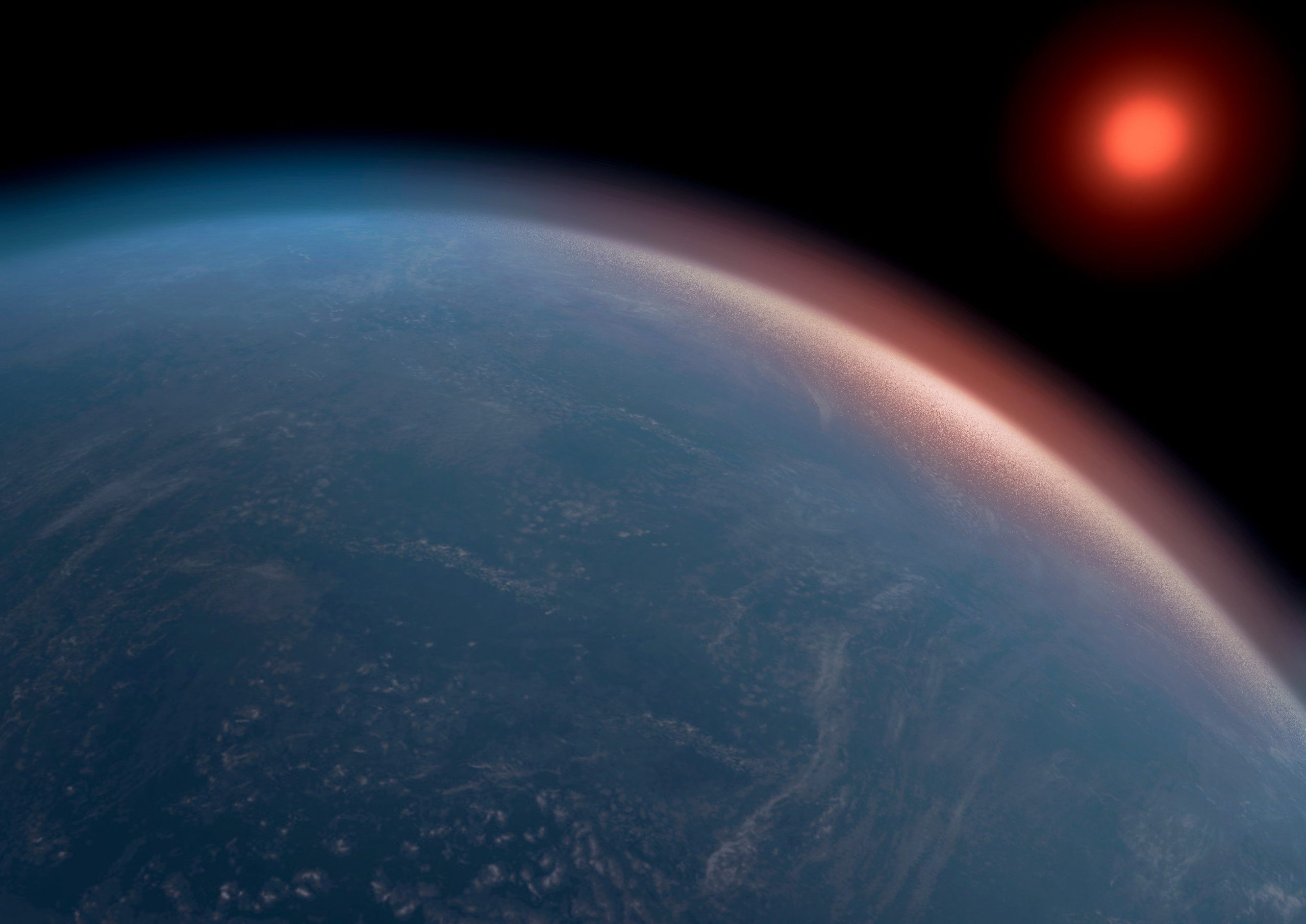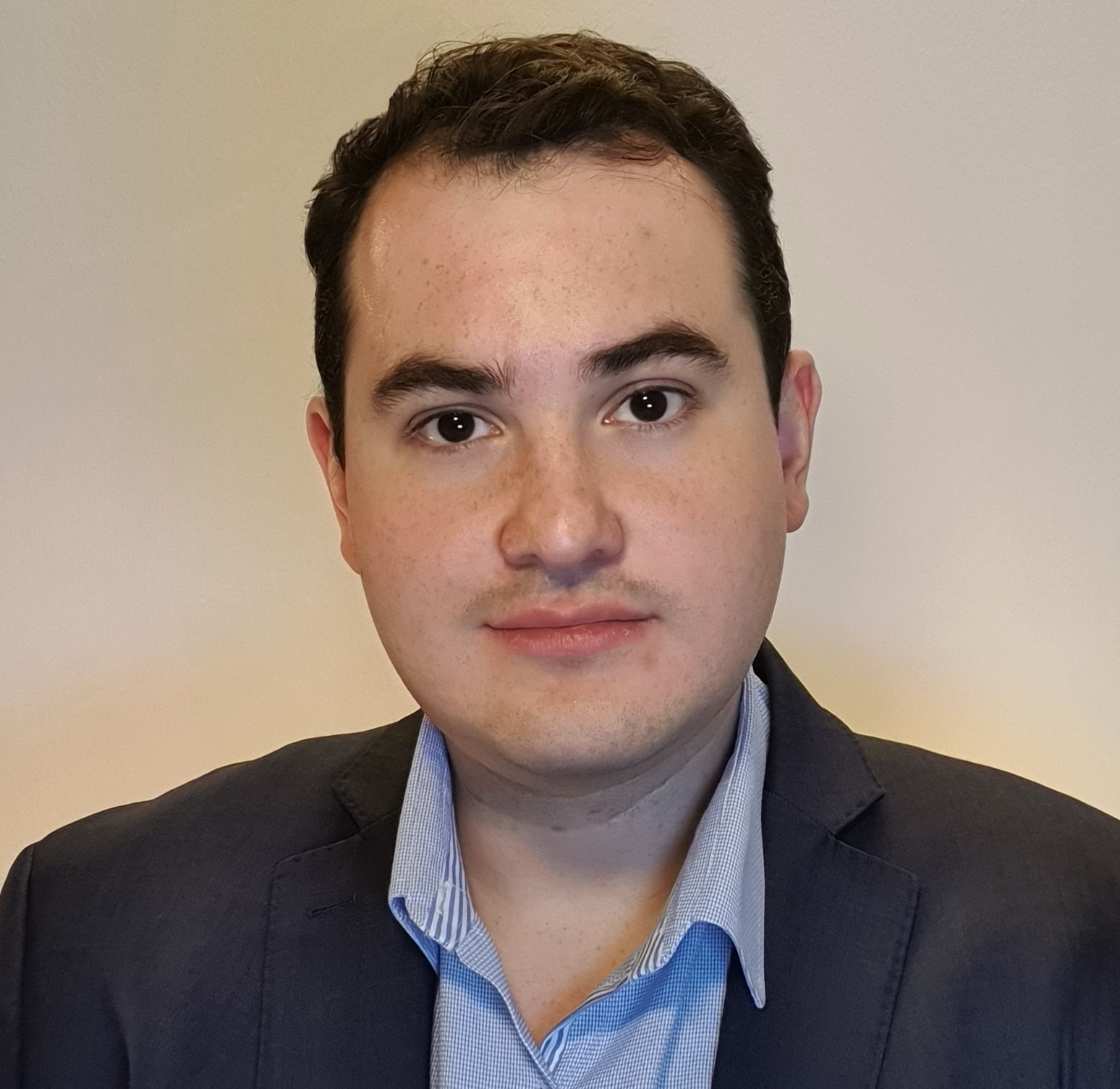
Picture credit: Amanda Smith
Luis Welbanks is part of a team of researchers who have discovered an exoplanet which could support life.
Astronomers have found an exoplanet more than twice the size of Earth to be potentially habitable, opening the search for life to planets significantly larger than Earth but smaller than Neptune.
A team from the University of Cambridge, including Gates Cambridge Scholar Luis Welbanks [2017], used the mass, radius, and atmospheric data of the exoplanet K2-18b and determined that it’s possible for the planet to host liquid water at habitable conditions beneath its hydrogen-rich atmosphere. The results are reported in The Astrophysical Journal Letters.
The exoplanet K2-18b, 124 light-years away, is 2.6 times the radius and 8.6 times the mass of Earth, and orbits its star within the habitable zone, where temperatures could allow liquid water to exist. The planet was the subject of significant media coverage in the autumn of 2019, as two different teams reported detection of water vapour in its hydrogen-rich atmosphere. However, the extent of the atmosphere and the conditions of the interior underneath remained unknown.
“Water vapour has been detected in the atmospheres of a number of exoplanets but, even if the planet is in the habitable zone, that doesn’t necessarily mean there are habitable conditions on the surface,” said Dr Nikku Madhusudhan from Cambridge’s Institute of Astronomy, who led the new research. “To establish the prospects for habitability, it is important to obtain a unified understanding of the interior and atmospheric conditions on the planet – in particular, whether liquid water can exist beneath the atmosphere.”
Given the large size of K2-18b, it has been suggested that it would be more like a smaller version of Neptune than a larger version of Earth. A ‘mini-Neptune’ is expected to have a significant hydrogen ‘envelope’ surrounding a layer of high-pressure water, with an inner core of rock and iron. If the hydrogen envelope is too thick, the temperature and pressure at the surface of the water layer beneath would be far too great to support life.
Now, Madhusudhan and his team have shown that despite the size of K2-18b, its hydrogen envelope is not necessarily too thick and the water layer could have the right conditions to support life. They used the existing observations of the atmosphere, as well as the mass and radius, to determine the composition and structure of both the atmosphere and interior using detailed numerical models and statistical methods to explain the data.
The researchers confirmed the atmosphere to be hydrogen-rich with a significant amount of water vapour. They also found that levels of other chemicals such as methane and ammonia were lower than expected for such an atmosphere. Whether these levels can be attributed to biological processes remains to be seen.
The team then used the atmospheric properties as boundary conditions for models of the planetary interior. They explored a wide range of models that could explain the atmospheric properties as well as the mass and radius of the planet. This allowed them to obtain the range of possible conditions in the interior, including the extent of the hydrogen envelope and the temperatures and pressures in the water layer.
“We wanted to know the thickness of the hydrogen envelope – how deep the hydrogen goes,” said co-author Matthew Nixon, a PhD student at the Institute of Astronomy. “While this is a question with multiple solutions, we’ve shown that you don’t need much hydrogen to explain all the observations together.”
The researchers found that the maximum extent of the hydrogen envelope allowed by the data is around 6% of the planet’s mass, though most of the solutions require much less. The minimum amount of hydrogen is about one-millionth by mass, similar to the mass fraction of the Earth’s atmosphere. In particular, a number of scenarios allow for an ocean world, with liquid water below the atmosphere at pressures and temperatures similar to those found in Earth’s oceans.
This study opens the search for habitable conditions and bio-signatures outside the solar system to exoplanets that are significantly larger than Earth, beyond Earth-like exoplanets. Additionally, planets such as K2-18b are more accessible to atmospheric observations with current and future observational facilities. The atmospheric constraints obtained in this study can be refined using future observations with large facilities such as the upcoming James Webb Space Telescope.

Luis Welbanks
- Alumni
- Mexico
- 2017 PhD Astronomy
- Churchill College
I studied my PhD at the Institute of Astronomy, Cambridge from 2017 to 2021. On August 2025 I will start my role as Assistant Professor at Arizona State University. Here is the biography I submitted as an incoming Gates Scholar. My experience in life taught me not to conform with the stereotypes imposed by those in power. I believe that every person can achieve greatness and should be allowed to fulfill their dreams. Being a Mexican, I see science as the means to take down the walls built by those trying to divide us, empower people to make informed decisions and appreciate that all lives have equal value. My passion for science transformed into a deep curiosity to understand our universe and the conditions that allowed for our existence. My desire to understand the world took me from Mexico to Canada where I became the first person at the University of Calgary to finish two majors in physics and astrophysics in four years. Later, I joined Dr. Rachid Ouyed and his group to study the Quark Nova, its astronomical signatures and implications. Now in Cambridge, I am honoured to join Dr. Nikku Madhusudhan and his group in studying and characterizing the atmospheres of exoplanets. We are as close as we have ever been to understanding our place in the universe and the uniqueness of our existence. The quest for habitable planets thrills me and I believe that this excitement is shared with the rest of humanity. My path to becoming a Gates-Cambridge scholar has not been linear and I owe a large amount of gratitude to every person who believed in me and helped me become who I am. I hope this opportunity will allow me to inspire others to pursue their goals and create scientific opportunities in Latin America.
Previous Education
University of Calgary












